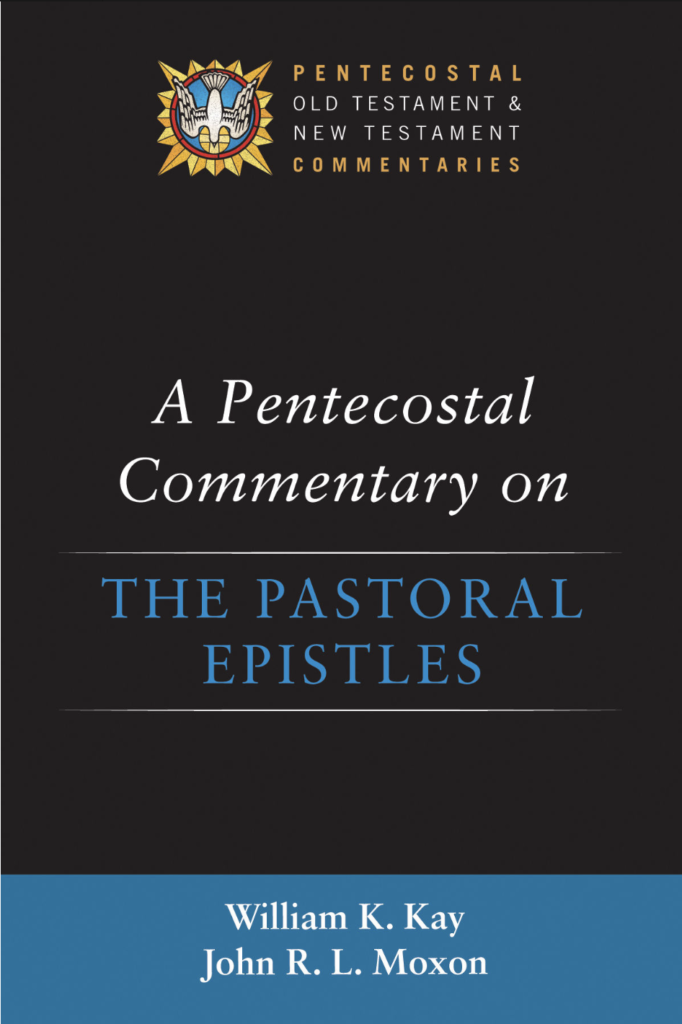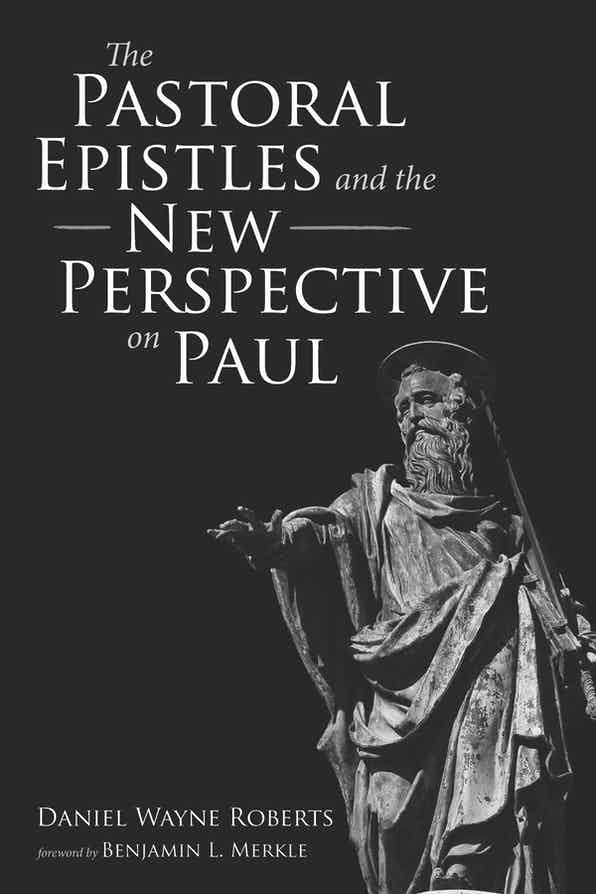A new article on the intriguing 1 Timothy 3:16 is now available, intriguing in its own right:
Kotansky, Roy D. “The Secret of the Hidden Cross: The Form, Meaning, and Background of the Hellenistic Hymn Quoted in 1 Tim. 3:16.” Pages 165–200 in Gods, Spirits, and Worship in the Greco-Roman World and Early Christianity. Edited by Craig A. Evans and Adam Z. Wright. Studies in Scripture in Early Judaism and Christianity 23. London: T&T Clark, 2022. https://www.doi.org/10.5040/9780567703286
Those who have researched the passage will immediately recognize the language of the title as echoing an important essay by Robert Gundry published just over a half-century ago (see below), a purposeful evocation by Kotansky. The fascinating 1 Timothy 3:16 has attracted scholarly attention for quite some time (I’ve appended some treatments at the end of this post); Kotansky rightly speaks of “the long history of exegesis that these lines have endured” (179).
From the volume introduction: “Roy Kotansky investigates the background of the Hellenistic hymn that lies behind 1 Tim. 3:16. After drawing our attention to a number of relevant artifacts and suggesting a new way to understand a difficult phrase in the verse, Kotansky concludes that this hymn is composed in such a way that it creates a visual structure whose purpose is to disguise the message of the cross, yet allow its message to be understood when recited and sung aloud.”
________
Here are a number of focused studies on 1 Tim 3:16, listed chronologically:
Ward, William H. “An Examination of the Various Readings of 1 Tim. 3:16.” Bibliotheca sacra 27 (1865): 1–50.
Klöpper, A. “Zur Christologie der Pastoralbriefe (1. Tim. 3,16).” Zeitschrift für wissenschaftliche Theologie 45 (1902): 339‒61.
Seeberg, D. A. Der Katechismus der Urchristenheit. Leipzig: A. Deichert, 1903. [Note “Dieselbe Glaubensformel und der Hymnus I Tim. 3, 16,” pp. 112–25.]
Wilson, O. R. B. “A Study of the Early Christian Credal Hymn of 1 Timothy 3:16.” PhD diss., The Southern Baptist Theological Seminary, 1954.
Braun, R. A. “Mysterium Pietatis seu in historiam interpretationis Eusebeias vocis Pastoralium Epistolarum, speciatim 1 Tim 3.16a inquisitio atque exegetica christologici hymni 1 Tim 3,16b explanatio.” Diss., Pontificio Istituto Biblico, Rome, 1956.
Schweizer, Eduard. “Two New Testament Creeds Compared: I Corinthians 15.3–5 and I Timothy 3.16.” Pages 166–77 in Current Issues in New Testament Interpretation: Essays in Honor of Otto A. Piper. Edited by William Klassen and Graydon F. Snyder. New York: Harper & Brothers, 1962.
Kremer, Jacob. “‘Aufgenommen in Herrlichkeit’ (1 Tim 3,16): Auferstehung und Erhöhung nach dem Zeugnis der paulinischen Schriften.” Bibel und Kirche 20 (1965): 33–37.
Lachenschmid, R. “Geheimnis unseres Christseins. Das Christuslied aus 1 Tim 3,16.” Geist und Leben 39 (1966): 225–29.
Hanson, A. T. “An Academic Phrase: 1 Timothy 3.16a.” Pages 21–28 in Studies in the Pastoral Epistles. London: S.P.C.K., 1968. Reprint, Eugene, OR: Wipf & Stock, 2015.
Stenger, Werner. “Der Christushymnus in 1 Tim 3,16: Aufbau—Christologie—Sitz im Leben.” Trierer theologische Zeitschrift 78 (1969): 33–48.
Deichgräber, Reinhard. Gotteshymnus und Christushymnus in der frühen Christenheit. Untersuchung zu Form, Sprache und Stil der frühchristlichen Hymnen. Studien zur Umwelt des Neuen Testaments5. Göttingen: Vandenhoeck & Ruprecht, 1970.
Gundry, Robert H. “The Form, Meaning and Background of the Hymn Quoted in 1 Timothy 3:16.” Pages 203–22 in Apostolic History and the Gospel: Biblical and Historical Essays Presented to F. F. Bruce on his 60th Birthday. Edited by W. W. Gasque and R. P. Martin. Exeter: Paternoster, 1970.
Strange, J. F. “A Critical and Exegetical Study of 1 Timothy 3.16: An Essay in Traditiongeschichte.” PhD dissertation, Drew University, 1970.
O’Callaghan, José. “1 Tim 3,16; 4,1.3 en 7Q4?” Biblica 53 (1972): 362–67.
Fowler, Paul B. “Examination of I Timothy 3:16b: Its Form, Language, and Historical Background.” PhD thesis, University of Edinburgh, 1973.
Langkammer, Hugolin. “Hymn chrystologiczny 1 Tym 3,16.“ Pages 137–49 in Verbum Crucis. Kardynałowi Bolesławowi Kominkowi w hołdzie. Wrocław: Wrocławska Księgarnia Archidiecezjalna, 1974.
Stenger, Werner. “Textkritik und Schiksal (1Tim 3,16).“ Biblische Zeitschrift 19.2 (1975): 240–47.
Langkammer, Hugolin. Hymny chrystologiczne Nowego Testamentu. Najstarszy obraz Chrystusa. Attende Lectioni 3. Katowice: Kuria Diecezjalna, 1976.
Stenger, Werner. Der Christushymnus 1 Tim. 3,16. Eine Strukturanalytische Untersuchung. Regensburger Studien zur Theologie 6. Frankfurt: Lang, 1977.
Szczurek, Tadeusz. “‘Ukazał się aniołom’ (1 Tm 3, 16) [‘was seen by angels’ (1 Tim 3, 16)].” Ruch Biblijny i Liturgiczny 30.4 (1977): 195–98.
Manns, Frédéric. “L’hymne judéo-chrétien de 1 Tim. 3,16.” Euntes Docete 32.3 (1979): 323–39. = “Judeo-Christian Context of 1 Tim 3:16.” Theology Digest 29 (1981): 119–22.
Metzger, Wolfgang. Der Christushymnus 1. Timotheus 3,16: Fragment einer Homologie der paulinischen Gemeinden. Arbeiten zur Theologie 62. Stuttgart: Calwer, 1979.
Hengel, Martin. “Hymn and Christology.” Pages 173–97 in Studia Biblica 1978, III. Papers on Paul and Other New Testament Authors. Sixth International Congress on Biblical Studies. Oxford 3–7 April 1978. Edited by Elizabeth A. Livingstone. Journal for the Study of the New Testament Supplement Series 3. Sheffield, UK: Sheffield Academic Press, 1980.
Hugger, P. “Mission als Christusmysterium: 1 Tim 3:16.” Pages 19‒27 in Zukunft aus empfangenem Erbe: 100 Jahre benediktinische Missionsarbeit. Edited by S. Hertlein and R. Rudmann. St. Ottilien: EOS, 1983.
Murphy-O’Connor, Jerome. “Redactional Angels in 1 Tim 3:16.” Revue Biblique 91 (1984): 178–87.
Du Preez, J. “‘Angeloi’ in die lied van 1 Timoteus 3:16.” Nederduitse Gereformeerde Teologiese Tydskrif 28 (1987): 182–86.
Luke, K. “The Impact of Egyptian Ideas on the Formulation of NT Soteriology.” Bible Bhashyam 14 (1989): 185–94.
Rensburg, Fika J. van. “Die Timoteus-himne (1 Tim 3:16).” Pages 83–97 in Hymni Christiani. Edited by J. H. Barkhuizen. HTS supplementum series 1. Pretoria: Nederduitsch Hervormde Kerk van Africa, 1989.
Fowl, Stephen E. The Story of Christ in the Ethics of Paul: An Analysis of the Function of the Hymnic Material in the Pauline Corpus. Journal for the Study of the New Testament Supplement Series 36. Sheffield, UK: Sheffield Academic Press, 1990. Reprint, Bloomsbury Academic Collections, Biblical Studies: The Epistles. London: Bloomsbury, 2015. [note chap. 7, “1 Timothy 3:16b,” 155–174; chap 8, “The Function of 1 Timothy 3:16b,” 175–210]
McClain, C. K., Jr. “A Hermeneutical Inquiry into the Raz-Pesher Motif with Application to 1 Timothy 3:16.” PhD diss., Mid-America Baptist Theological Seminary, 1990.
Marcheselli-Casale, Cesare. “Gesù di Nazareth il Risorto-Asceso centro vitale della comunità ecclesiale protocristiana. Considerazioni intorno al valore pasquale di 1 Tm 3, 16.” Theologica (Annali della Pontificia Facoltà Teologica della Sardegna) 3 (1994): 235–76.
Karris, Robert J. A Symphony of New Testament Hymns: Commentary on Philippians 2:5–11, Colossians 1:15–20, Ephesians 2:14–16, 1 Timothy 3:16, Titus 3:4–7, 1 Peter 3:18–22, and 2 Timothy 2:11–13. Collegeville, MN: Liturgical Press, 1996. [note chap. VI-2, “1 Timothy 3:16 — The Universality of Salvation in Christ Jesus,” 112–26]
Testa, Emmanuele. “L’inno sul sacramentum pietatis (1Tm 3, 16).” Studium Biblicum Franciscanum Liber Annuus 46 (1996): 87–100.
Kremer, Jacob. “Das einmütig geschätzte Mysterium der Frömmigkeit: Erwägungen zur Kurzformel chritlichen Glaubens in 1Tim 3,16b.“ Geist und Leben 70.2 (1997): 99–107.
Ham, C. “The Christ Hymn in 1 Timothy 3:16.” Stone-Campbell Journal 3 (2000): 209–28.
MacLeod, Donald J. “Christology in Six Lines: An Exposition of 1 Timothy 3:16.” Bibliotheca Sacra 159 (2002): 334–48.
Frary, Stephen W. “Who Was Manifested in the Flesh? A Consideration of Internal Evidence in Support of a Variant in 1 Tim 3:16a.” Filología Neotestamentaria 16 (2003): 3–18.
Nayak, I. The Mystery of Christian Life: The Christ-Hymn of 1 Tim 3,16. Rome: Urbaniana University Press, 2004.
Arichea, Daniel C., Jr. “Translating Hymnic Materials: Theology and Translation in 1 Timothy 3.16.” Bible Translator 58.4 (2007): 179–85.
Herzer, Jens. “‘Das Geheimnis der Frömmigkeit’ (1 Tim 3,16)—Sprache und Stil der Pastoralbriefe im Kontext hellenistisch-römischer Popularphilosophie—eine methodische Problemanzeige.” Theologische Quartalschrift 187.4 (2007): 309–29. = Pages 381–406 in Die Pastoralbriefe und das Vermächtnis des Paulus: Studien zu den Briefen an Timotheus und Titus. Edited by Jan Quenstedt. Wissenschaftliche Untersuchungen zum Neuen Testament 476. Tübingen: Mohr Siebeck, 2022.
DiPaolo, Lawrence. Hymn Fragments Embedded in the New Testament: Hellenistic Jewish and Greco-Roman Parallels. Lewiston, NY: Mellen, 2008.
Martin, Brice. “1 Timothy 3:16—A New Perspective.” Evangelical Quarterly 85.2 (2013): 105–20.
Trebilco, Paul R. “1 Timothy 3.16 as a Proto-Rule of Faith.” Pages 170–90 in Ears That Hear: Explorations in Theological Interpretation of the Bible. Edited by Joel B. Green and Tim Meadowcroft. Sheffield, UK: Sheffield Phoenix Press, 2013.
Walker, Kevin. “Ukazao se . . . Kome? Još jedan osvrt na 1 Tim 3,16b.” Kairos: Evanđeoski teološki časopis 8.2 (2014): 155–74. = “He Appeared to Whom? Another Look at 1 Tim 3:16b.” Kairos: Evangelical Journal of Theology 8.2 (2014): 123–42.
Gordley, Matthew E. New Testament Christological Hymns: Exploring Texts, Contexts, and Significance. Downers Grove, IL: IVP Academic, 2018. [1 Tim 3:16 covered on pp. 183–190]
Gonzaga, Waldecir, and Rafael Mendonça de Souza. “‘Grande é o Mistério da Piedade’: Eclesiologia e Christologia em 1 Timóteo 3,16.” Caminhos 19.2 (2021): 394–415. http://dx.doi.org/10.18224/cam.v19i2.8816
Machado, Sidney Damasio. “‘Manifestado na carne’ (1Tm 3,16): Considerações sobre a transmissão damensagem cristã na Igreja primitive // ‘Manifested in the flesh’ (1Tm 3,16): Considerations on the Transmission of the Christian Message in the Early Church.” Revista Pistis Praxis 13.2 (2021): 758–85. https://doi.org/10.7213/2175-1838.13.02.DS05




